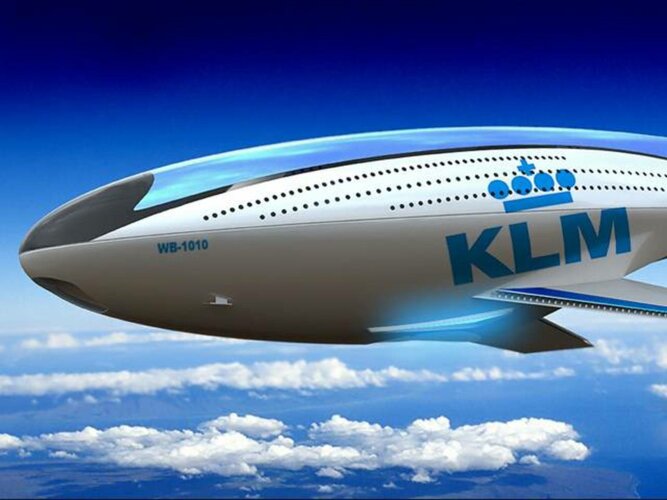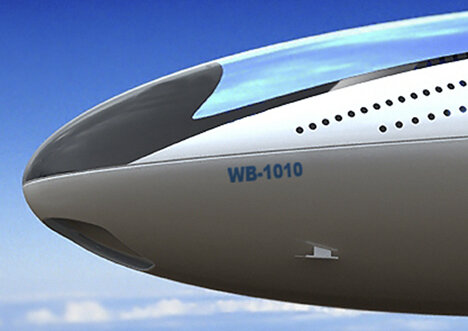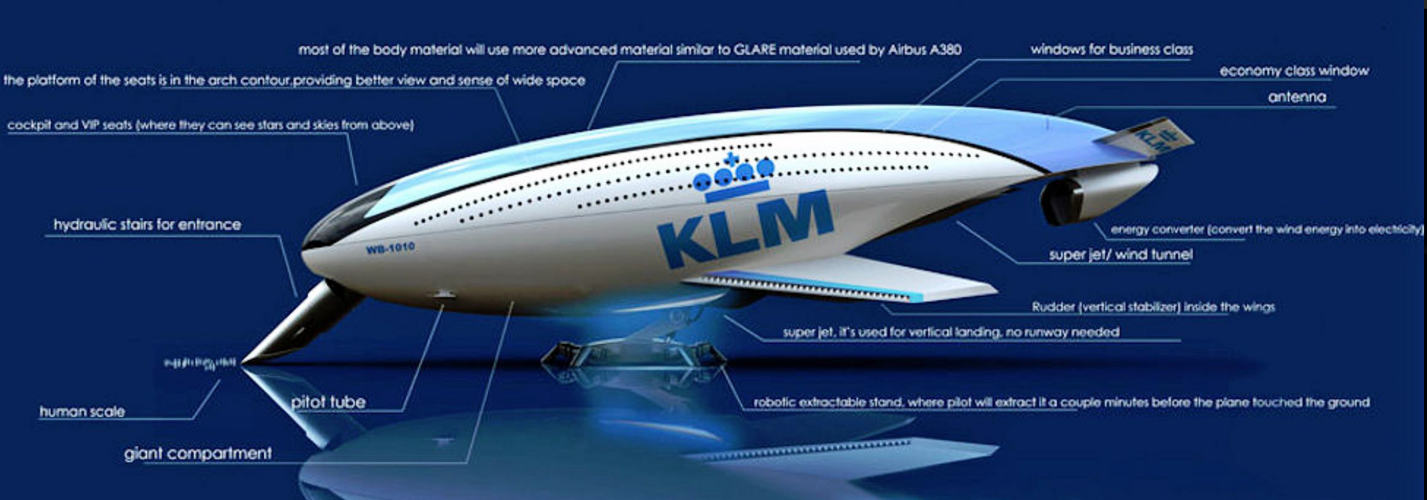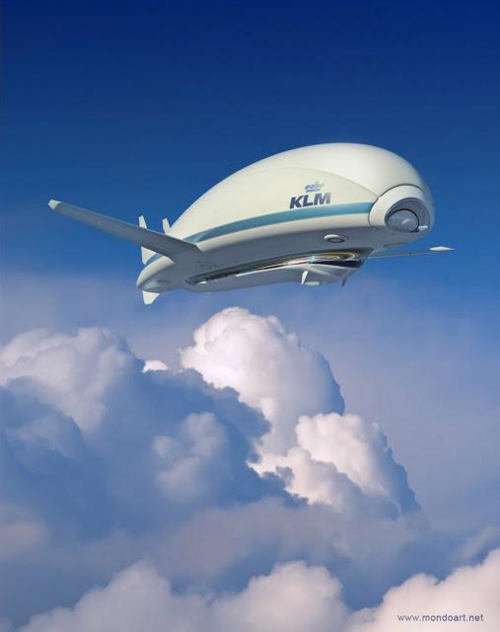- Joined
- 25 June 2009
- Messages
- 13,789
- Reaction score
- 3,103
WB-1010 Aircraft
1,500 plus seating capacity
The WB-1010 aircraft from designer Reindy Allendra is an entry to the KLM Indonesia aircraft design competition. Looking 85 years into the future, the concept aims to solve the transportation needs for a world with a crowded population. The future aircraft will be similar in design to present day aircraft, only a lot faster and with better technology.
The WB-1010 will be able to seat about 1,500 people and be able to reach a speed of nearly 1,000 kmph. This giant plane’s body will be made of a material similar to GLARE used in the Airbus A380, with helium injected inside the body to make the airplane lighter. A robotic extractable stand at the plane’s belly will help the plane during landing, and working in conjunction with a super jet, it will be able to land vertically, without the requirement of a runway.
The WB-1010
Yanko Designs
(“WB” stands for Wright Brothers) was designed for style, speed, comfort, and large passenger capacity. Some of the (speculative) features of this futuristic hybrid aircraft concept included:
• Passenger capacity: more than 1,500
• Maximum speed: nearly 1,000 kph (620 mph)
• The hull is made of a material called GLARE (GLAss-Reinforced) Fibre Metal Laminate (FML), which consists of several very thin layers of metal (likely, aluminum) interspersed with layers of glass-fibre “pre-preg”, bonded together with a matrix material such as epoxy.
• The windows are made of “smart glass.”
• Helium is “injected in the body to make the plane lighter.” Perhaps this means that there are large helium lifting gas cells inside the hull and, as in a Dynalifter, the aerostatic lift from this helium provides a fraction of the total lift required for flight; perhaps as much as 50%. • Conventional aviation fuel is the main energy source.
• The aircraft also is able to “harvest wind energy” in flight. Perhaps this is a simple ram air turbine, which often is used as an emergency power source on military aircraft, or it may be an aeronautical perpetual motion machine. • A “superjet” of unspecified design enables this hybrid aircraft to land vertically, without the need for a runway. A large landing foot is extended under the aircraft, reducing the need for airport infrastructure. • This hybrid aircraft also can land like a conventional aircraft.
Current practicality aside, Reindy Allendra’s Spruce Whale is a beautiful design concept. Perhaps 85 years in the future, a design like this may be possible.
KLM - WB-1010 Spruce Whale & Cloudliner
Peter Lobner, updated 18 March 2022
KLM Royal Dutch Airlines’ 90th anniversary celebration in 2009 included a celebration starting in October 2009 of KLM’s 85 years of presence in Indonesia. The KLM Indonesia celebration kicked off with an aircraft design competition described as “a journey of inspiration towards the next level of aircraft design.” The challenge of the competition was for the entrants to conceive and design an aircraft that might exist 85 years in the future.
The winning submittal was a graceful, whale-shaped, hybrid aircraft concept designated the WB-1010, aka the “Spruce Whale,” designed by Reindy Allendra. The “WB” stands for “Wright Brothers,” and the name “Spruce Whale” is an homage to the giant Spruce Goose seaplane developed and flown by Howard Hughes in 1947.
In general form, Allendra’s hybrid aircraft concept resembled the whale-shaped "Manned Cloud" flying hotel airship concept developed earlier (circa 2005 - 2007) by French designer Jean-Marie Massaud. However, Allendra’s hybrid aircraft makes use of yet-to-be-invented materials and technologies, and is more like a high-performance Dynalifter semi-buoyant aircraft (developed by Ohio Airships) than a hybrid airship.
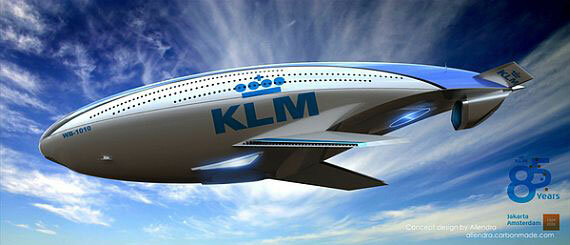
KLM Cloudliner
In 2012, Chris Wren and Kenn Brown, from MondoWorks – Mondolithic Studios (www.mondoart.net), developed another KLM semi-buoyant aircraft design concept, the Cloudliner. They put their design concept on an unsolicited mockup of a cover for the Smithsonian Air & Space Magazine.
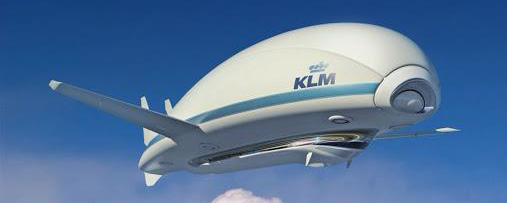
Sources:
- SP's Aviation #80 (India, January 2011)
- https://lynceans.org/wp-content/uploads/2019/08/KLM-WB1010-Spruce-Whale-converted.pdf
- Chris Burns, “The Spruce Whale,” Yanko Design, 14 October 2009: https://www.yankodesign.com/2009/10/14/the-spruce-whale/
- “WB-1010,” Furniture & Product Design, 23 January 2013: https://parisatis1166.wordpress.com/2013/01/

